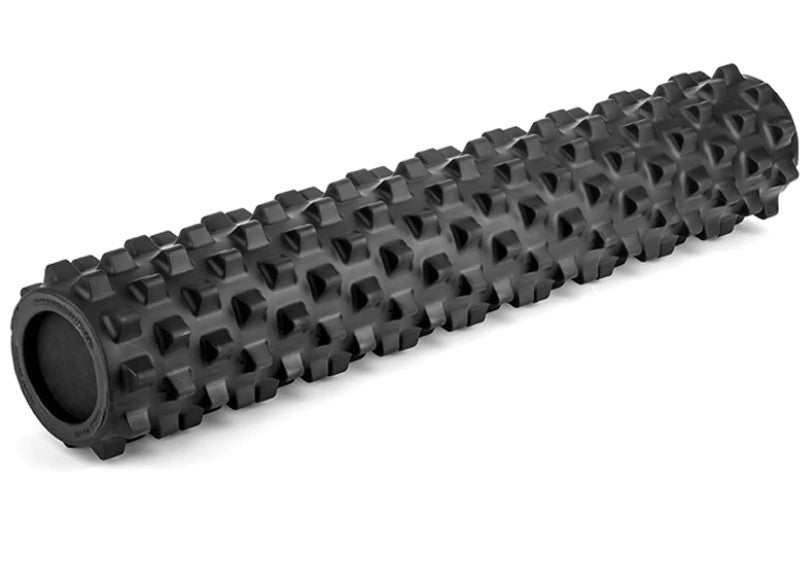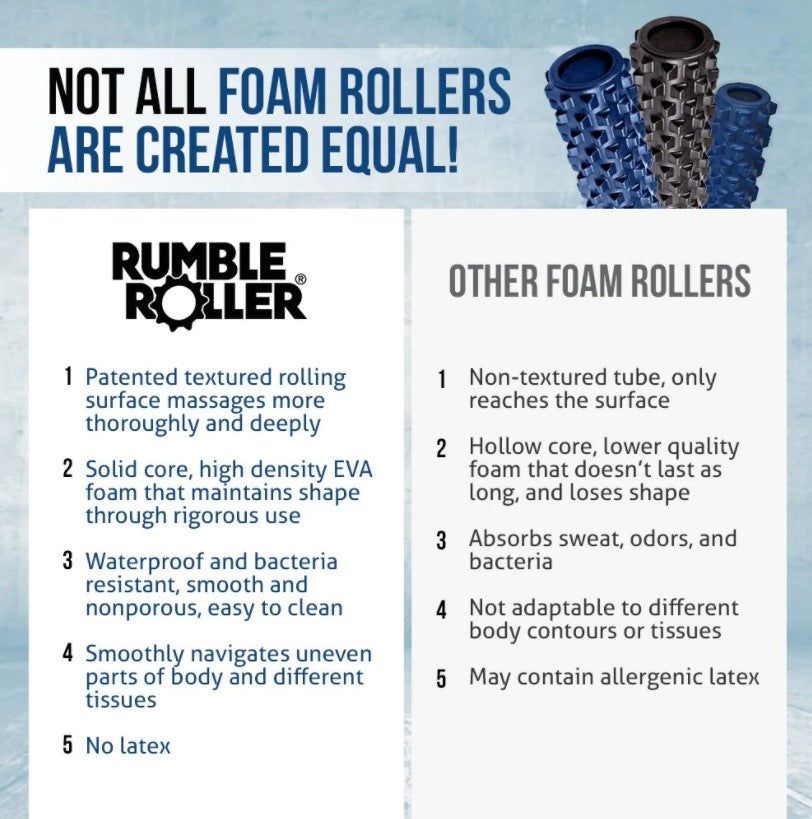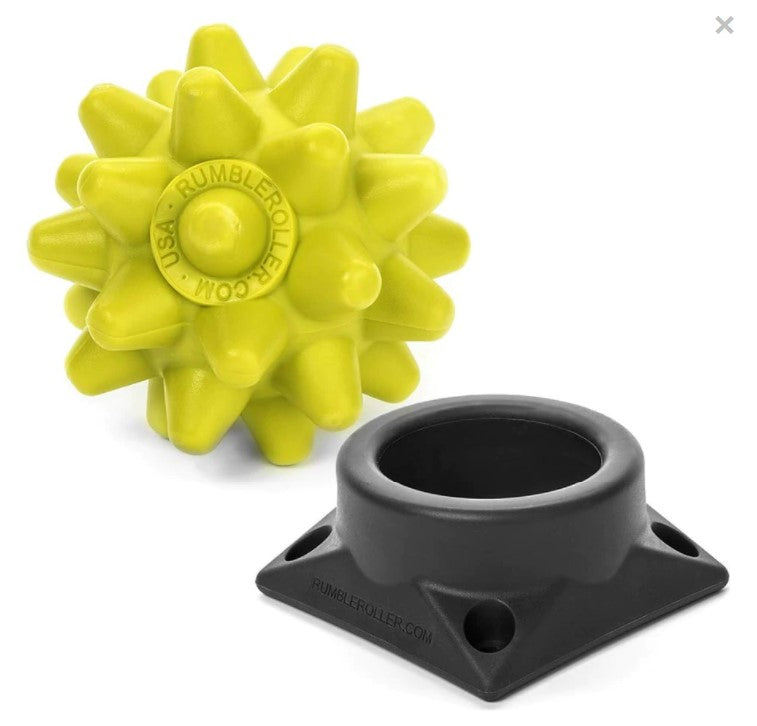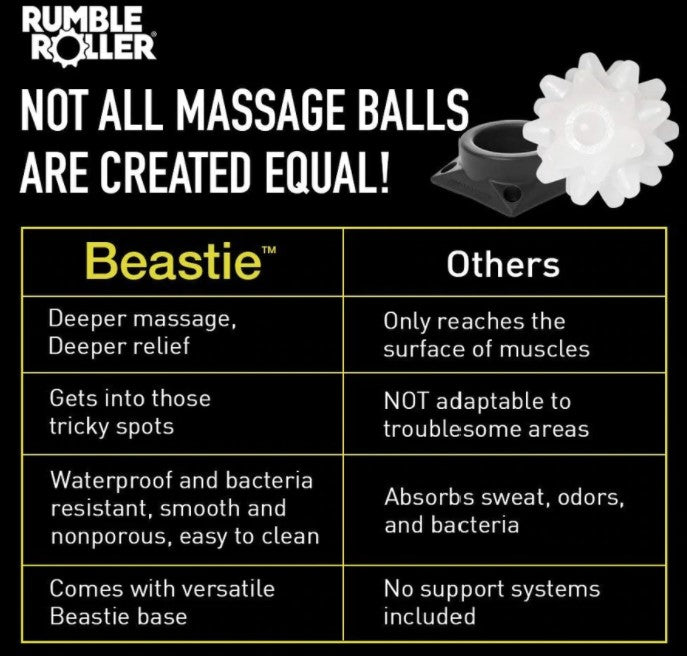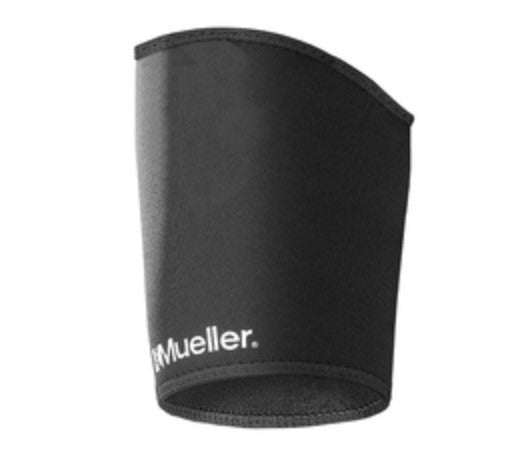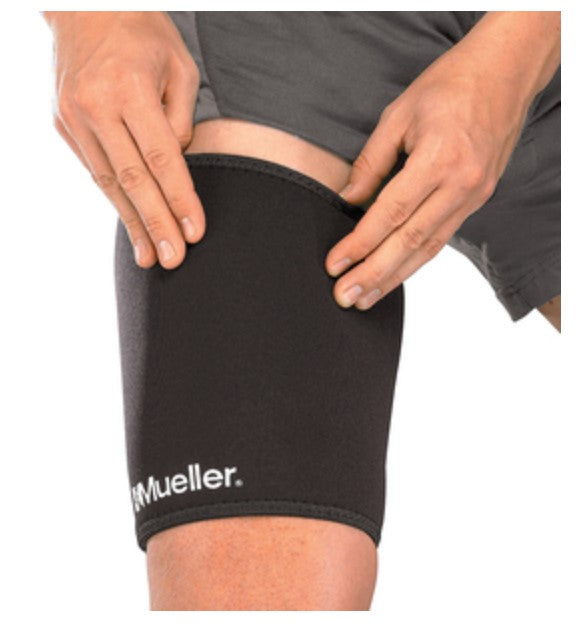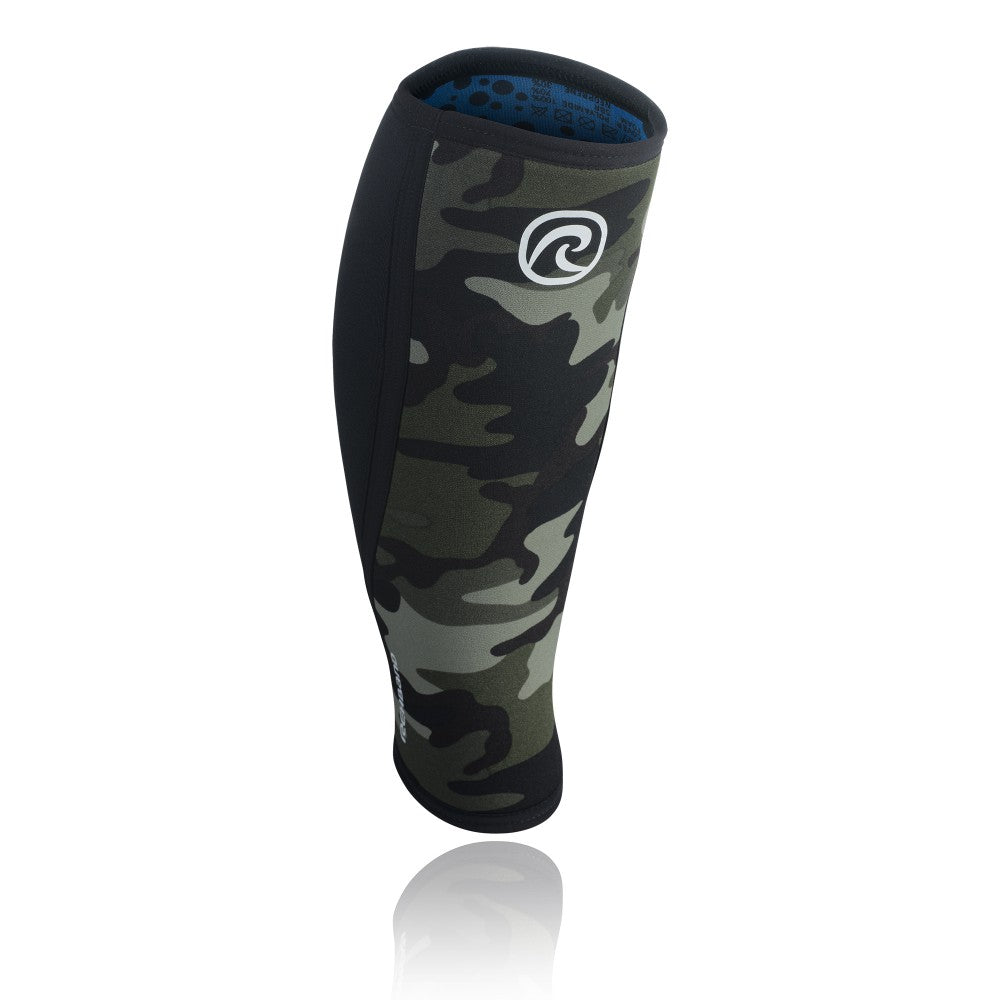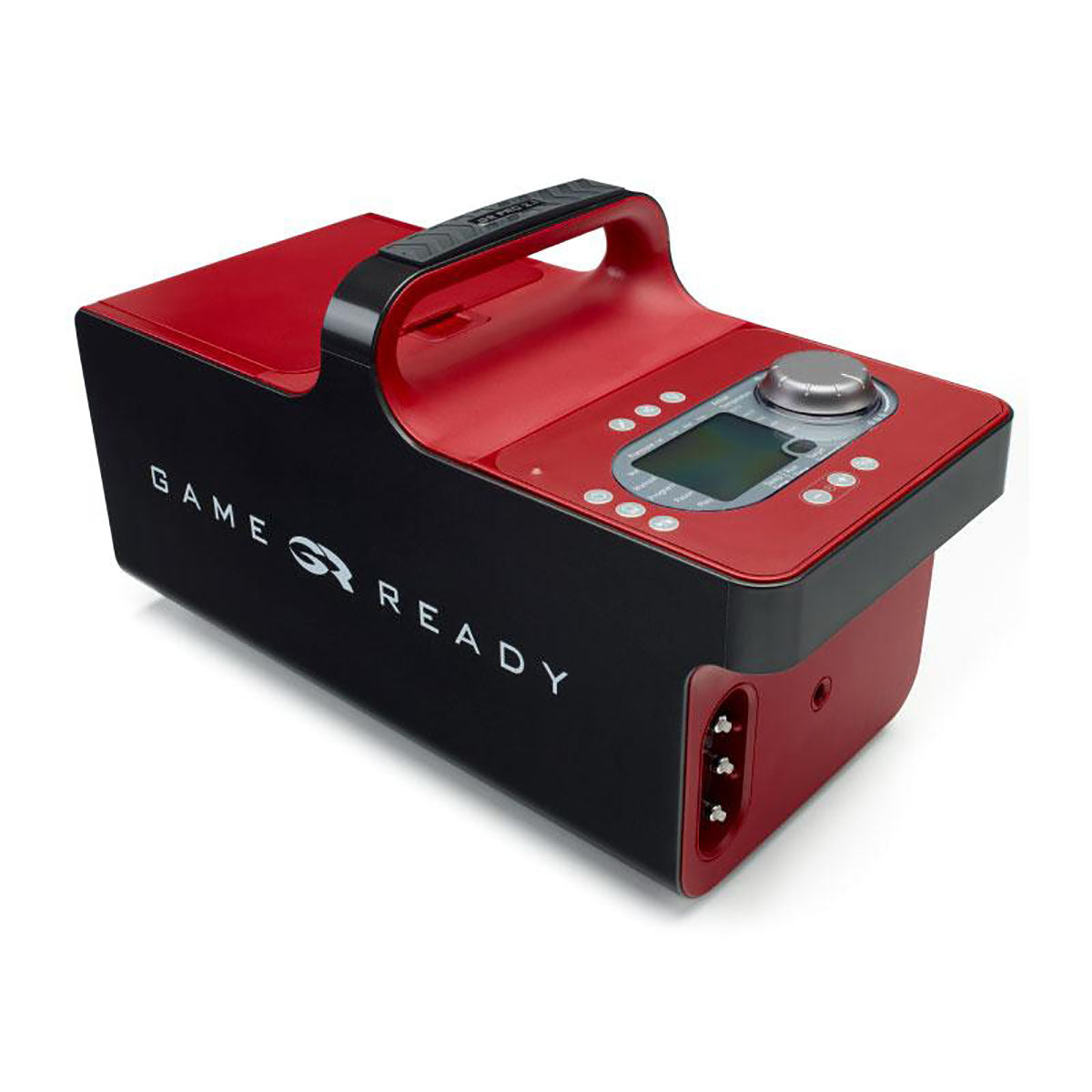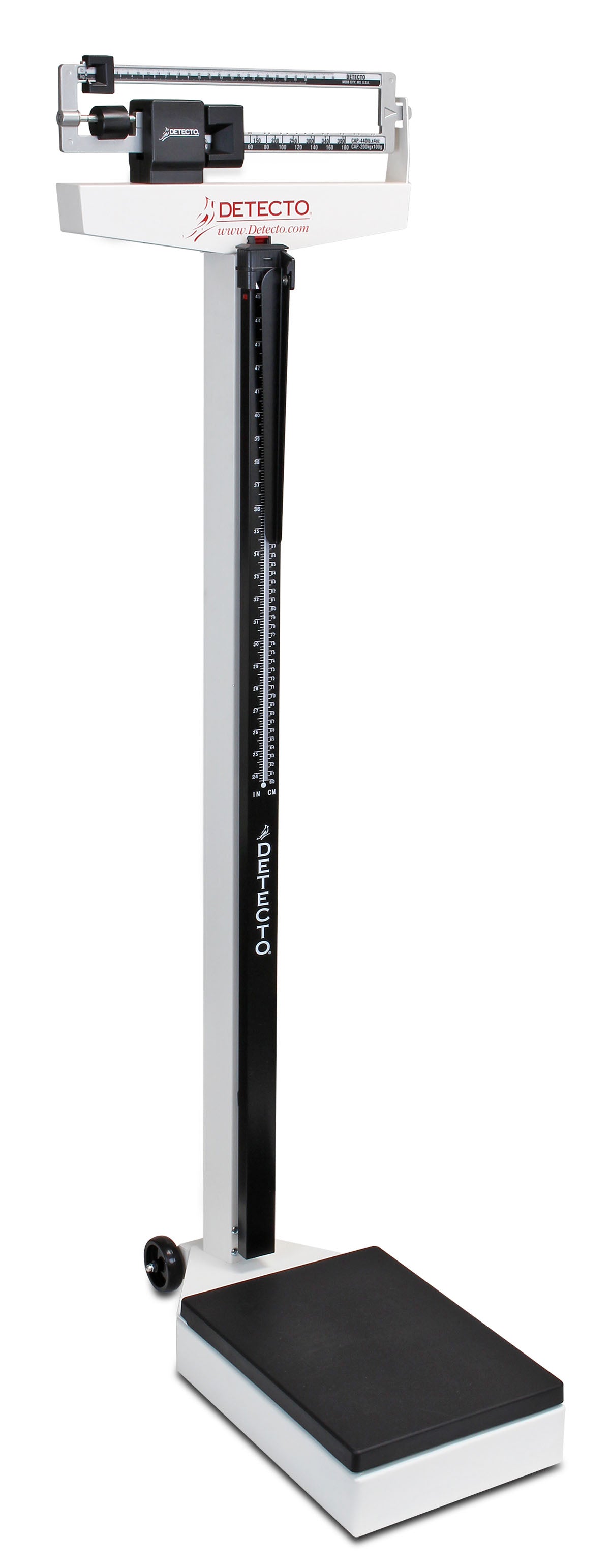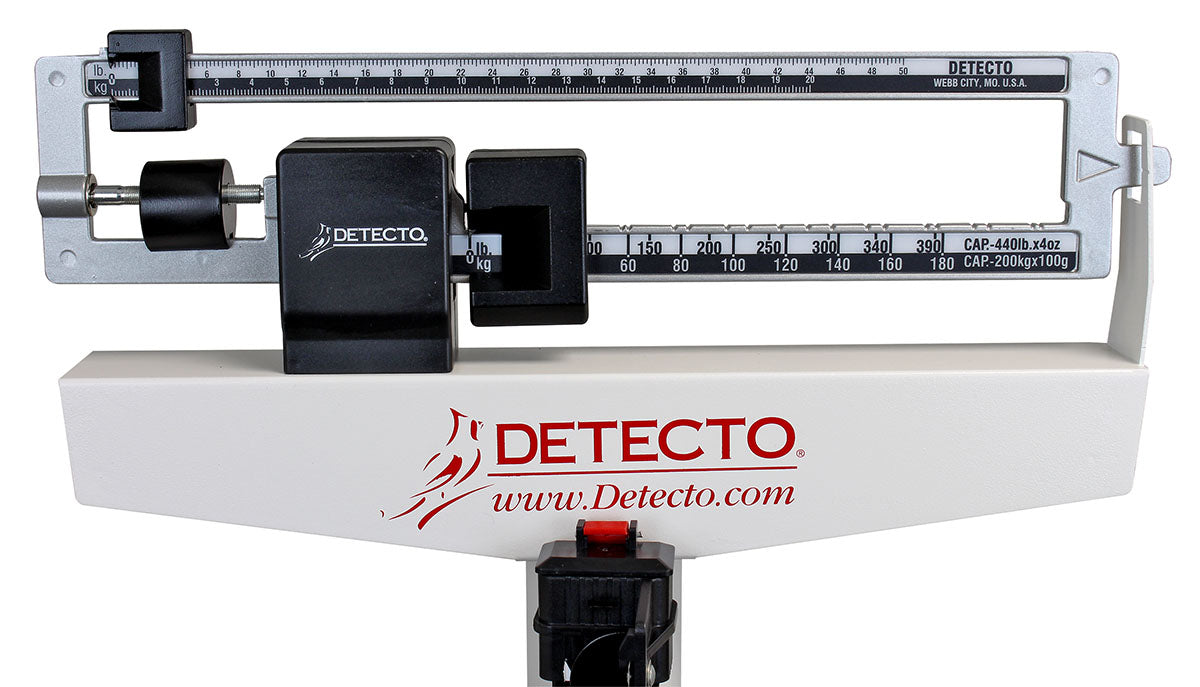Because I started training in my early teens and followed powerlifting and bodybuilding very closely not long after, I was exposed at an early age to the iron warriors of the 80s and 90s. These were super badass dudes who didn’t give a shit about macros or what the literature said about periodization and they sure as shit weren’t going to let nagging injuries hold them back either. It was either push the iron or fall apart trying.
I must say that these are guys I still refer to when I’m trying to encourage a fellow athlete to push himself through his training, household names like Ed Coan, Steve Goggins, Dave Tate and Ted Arcidi just to name a few. These guys all paved the way for what we see in modern powerlifting today. However, today, if you initiate a conversation about training or nutrition, you’ll be immediately bombarded with scientific facts quoted from the latest trending internet article, and shortly after that, the bro science versus clinical science debate will begin. There will be some insults thrown around including, “You’re just a meathead—do you even science?” And then the opposing exclamation of, “But I bench 600 pounds. You bench 200. What the hell do you know?”

I’m going to clear the air and say that the answer is somewhere in the middle. Isn’t science, by definition, made up of a hypothesis, ensuing clinical studies with observations and then a conclusion determining that the data set supports the original hypothesis, doesn't support the hypothesis or requires further investigation? This is exactly what "hands on" experience in the weight room will give you. I'll take it one step further and say that if an individual trained a certain way and got stronger, the data would support his hypothesis that a training method works. For the sake of keeping this article within the constraints of an article as opposed to a doctoral dissertation, I'll discuss how to find the line regarding physical health and injuries.
To start, I'll make the bold claim that the more work you can do without getting beat up and injured, the better results you'll see. However, if you're a beginner, the less you can do and still progress the better. Remember, as an athlete, you're training for a specific reason whether that be to drop 0.2 seconds on your 40-yard dash, win a Strongman contest or hit a PR total in a powerlifting meet. If you’re doing extra things that don’t help you with your specific goal, you are just introducing new stress factors that you now have to recover from and that take away from your ability to recover from the things that actually help you. I've also made the observation that generally the athlete who stays healthiest for the longest period of time comes out stronger in the end game as opposed to the athlete who is constantly pushing only to suffer frequent setbacks. It’s difficult to get stronger when you're constantly battling your way back from injury.
The trouble with this is that the line will be different depending on the type of athlete you are. Somebody who squats 300–400 pounds will be putting a different level of stress on himself than somebody who squats over 700 pounds. You have to be able to interpret some signs to decide where the line is for you.
The first sign is some sort of chronic injury, maybe a shoulder flaring up, tendonitis or low back pain. These things are usually more benign and often stem from range of motion issues or form issues. Oftentimes, the two are intertwined. I see people throwing the word mobility around like it’s some sort of end all to injury. Let me be clear—it isn't. That being said, if your mobility is limited and it takes an appreciable amount of weight to perform the desired range of motion, it could be an easy fix for your chronic pain. Most powerlifting movements are pretty natural to your body’s own physiological groove, so if you can't perform them without weight, performing them with weight proves to be increasingly risky.

Eventually, that chronic pain will become acute. This is where you have a few options. Through my own experiences, I've found different forms of tissue work to be the most beneficial. First, I would remove the exercise that is causing discomfort. You can do this in a few ways. One way is to change the range of motion. For example, you could squat to a high box instead of ass to grass or pull from blocks. Another way is to simply change the grip. Oftentimes, changing from a pronated grip to a neutral grip works because it allows you to work around the issue while you’re directly treating it through ART, the Graston technique or e-stim/acupuncture. The nice thing about issues like this is that they don’t have to derail your competition plans or your training cycle. You can still continue on with what you have planned. It’s just a modification to the plan. If all goes well, you can get it worked out and be ready for the contest.
But this is where some of that old school bro mentality can really bury you. If you continue to push through it, you can take the benign, chronic injury and turn it into an acute injury in a hurry. To put things in perspective, if you can train around the injury and go into the meet healthy, I can all but guarantee that you will perform better than if you tried to push through it and make it worse or even create a new, more severe injury for yourself. You have to know what your limitations are. There are plenty of world class athletes who push through it and end up just fine, but realize that these individuals aren't the norm and things that apply to them don't apply to you. These are the guys who the studies haven’t even looked at because there just simply aren't enough of them in the world to even make an attempt at a half decent study.
What are some signs that you need to pack it in and revise your game plan? There are a few. One such sign is continuing to injure the same thing over and over again. Maybe your hamstrings can't hold up to heavy pulls and you’re getting slight tears two to three times a year. It might be wise to look at your training and decide that you need to switch from conventional pulling to sumo pulling. Maybe you're getting frequent pec tears and you need to do the majority of your training with a narrow grip on the bench to save your shoulders and then only use your competition grip as the meet approaches. Look at your program and ask yourself if you're doing enough prehabilitation work to strengthen those muscles so they can handle what you’re asking of them.

I had a chronic shoulder issue a while back. I consulted with a top-notch orthopedic, and he discovered that it wasn’t my shoulder at all but rather my biceps. Since I started doing eccentric biceps work, my shoulders haven't been an issue. Even still, if these things are occurring, you can find ways to get through it and still compete.
Now when should you pack it in and start back at the beginning? The obvious answer is a traumatic acute injury. For example, you blow out a ligament or tendon or sheer a muscle from the bone. You can’t squat with only one quad attached. That's for sure. But maybe a less obvious situation is a plethora of small, nagging injuries like a small triceps tear that heals in three weeks followed by a slight hamstring pull and then a tweaked pec. When you go back and look over the last year, if you’ve had five, six or seven small injuries that keep setting you back, it’s time to reevaluate what you’re doing. There’s something going on that isn’t so obvious. You’re having a systemic issue that needs to be resolved.
Take a look at your total workload. Maybe you’re just doing too much or not allowing for enough recovery in between training sessions. It might be something as simple as an overload of stress through work or family matters that is manifesting itself physically. This is more common than you’d think. Stress is responsible for quite a bit of hormone production and can easily result in systemic change. Maybe you’ve been dieting down to a new weight class and the lack of total food intake isn't facilitating proper recovery, so you’re essentially going into a training session already in the hole. Take a more in-depth look at what’s going on and try to paint a holistic picture of everything together. The issue isn't always so obvious when taken at face value.
The take away from all this is that when you’re training for a sport, injuries happen. You have to evaluate whether this is your last shot to hit your numbers and compete on the big stage or whether maybe this competition won't define your career and you’d be better off correcting some of what’s going on to get back to 100 percent for the next meet. I’ve put myself in some situations before because I wasn't able to see the whole picture clearly. This is something I really stress with my athletes when we're determining our plan of action regarding a competition. While being the next badass to throw caution to the wind and leave it all on the platform for a great contest is a noble cause, think about what will ultimately leave your career in the best place to reach your goals.









































